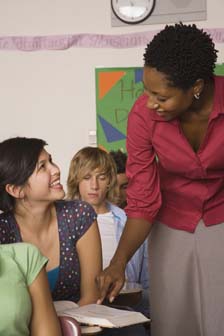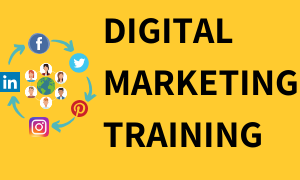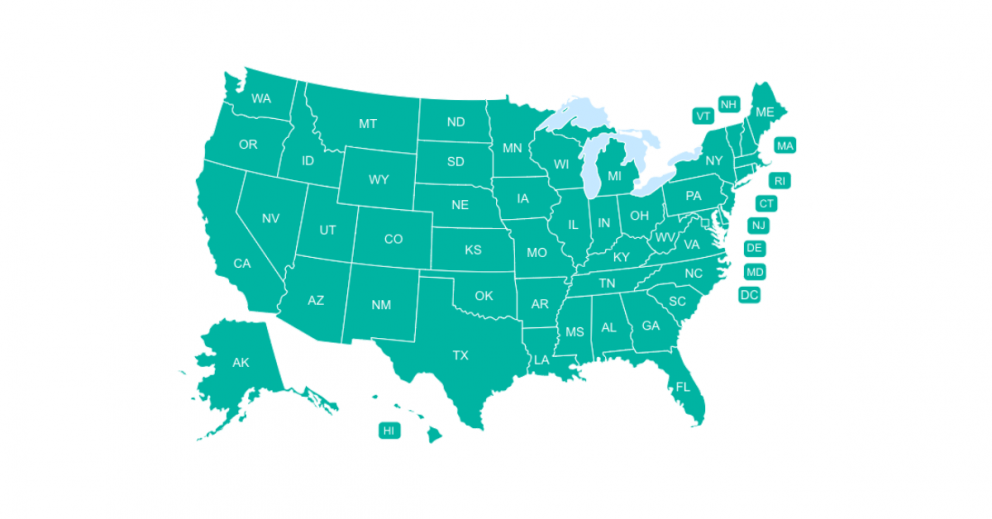
U.S. News & World Report's 2022 Best High School list includes innovative schools that have not received much media attention. The criteria used to rank America's best high schools include: Underserved student performance; Gold, silver and bronze medal winners; Ranking factors. This article will cover the factors U.S. News & World Report considered when evaluating high school schools.
U.S. News & World Report's 2022 List of America's Best High Schools
U.S. News reports that less than half of the 50 top-ranked public high schools are in the United States. The organization uses new data for its rankings, which is based on the 2019-2020 cohorts. The data also includes college readiness.
Although the top schools vary depending on where they are located, there are many in Alabama. The Loveless Academic Magnet Program of Montgomery took first place, followed closely by Mountain Brook High School (Huntsville) and Huntsville’s New Century Tech High School. Although most schools did not waive state-level testing for 2019-20, the ranking was based upon student test scores. The ranking now includes science tests, meaning that schools with strong programs in science may be at the top.

Ranking factors
Newsweek assembled a panel made up of educators, including Wendy Kopp, Tom Vander Ark and Linda Darling Hammond from Stanford University. The goal was to identify the top schools in the country. They created criteria to assess a school’s success. These criteria are based upon a variety of factors. Each factor is given a different weight in the overall results.
These factors are calculated by taking state assessments and predicting future performance of a school's students. The school's community and environment were all factors considered.
Recipients gold, silver and bronze-colored medals
U.S. News and World Report's annual list of top high schools in the country has been released. In this year's list, Texas and Arizona dominate the rankings, taking eight of the top ten spots. Maryland however was a shining light, with more than a third of its high schools winning gold, silver, or bronze medals. California and Florida followed.
DDHS was recognized for its academic excellence in math, science and English. Data from more than 22,000 public high school in all 50 States and the District of Columbia were evaluated. If the school ranks in the top 5 percent nationally, they are awarded a gold award. Schools ranked between No. Schools that were ranked between No.501 and 2,008 within their state received a silver medal. Schools that receive at least two awards receive a bronze medal.

Performance of students with low academic achievement
According to U.S. News and World Report, Utah high schools are in the top ten for underserved students. This category ranks schools according to the performance of students who are low-income, minorities, or Black. Rankings are determined by the school's weighted scores on six quality indicators. One factor is college preparedness, which is the percentage of 12th graders passing the AP and IB exams. The third factor is graduation rates and performance among underserved students.
The rankings are calculated using state assessments and college readiness. These rankings also consider the performance and needs of underserved students. More than 24,000 public high schools were evaluated by the publication, with nearly half of those receiving a national rank.
FAQ
What are some ways to get scholarships?
Scholarships are grants to help with college expenses. There are many types and types of scholarships. There are many types of scholarships available.
-
Federal Grants
-
State Grants
-
Student Loans
-
Work Study Programmes
-
Financial Aid
Federal grants are made directly by the U.S. government. Federal grants usually require applicants to meet specific requirements. You will need to prove financial need.
State grants are offered by individual states. These grants are not always based on financial need. Some states may offer them for specific reasons.
Banks and other lending agencies can provide student loans. Students usually borrow money to cover tuition and living costs.
Employers are encouraged to employ qualified students through work-study programs. Employers must pay at least the minimum wage to their employees.
Financial aid helps low-income families afford college by covering most or all tuition costs.
What is the difference between public and private schools?
All students can attend the public school for no cost. They offer education from kindergarten to high school. Private schools charge tuition fees. They offer education from preschool to college.
There are also charter schools, which are publicly funded but privately run. Charter schools don’t follow traditional curriculum. Instead, charter schools give their students more freedom in learning what interests them.
Charter schools are popular with parents who believe their children should receive quality education regardless of their financial status.
How long should I spend studying each semester
The time you spend studying will depend on several factors.
In addition to these factors, some schools may require you to take certain classes yearly. This means that you may not be able to take as many courses each semester. Your advisor will tell you which courses are required for each semester.
How much does a teacher make in early-childhood education? (earning potential)
The average salary for a teacher in early childhood is $45,000 per year.
However, there is an exception to the rule: salaries in some areas tend to be more than average. For example, teachers who work in large urban districts often earn more than those working in rural schools.
Salaries also depend upon factors such as how big the district is and whether or no teacher holds a master's/doctoral degree.
Teachers make less at first because they aren't as experienced as other college graduates. Teachers can see a dramatic increase in their income over time.
Do you need to go to college to become an early childhood educator?
It is not possible, however, to better prepare yourself for your future career in this field, it might be worth looking into college.
It is crucial to realize that teaching is not an easy job. Each year, many applicants are rejected from programs. Many students also quit college after only one semester.
You must still meet stringent qualifications to be a teacher.
How can I apply to college
There are many options for applying to college. Reach out to your high school guidance counselor, admissions representative or for more information. Many high school applications can now be submitted online. You can also contact local colleges directly. Most colleges will accept online applications through their website.
If you are applying by mail you will need to fill in the application, submit a personal statement and copies of all required documents. Your personal statement is a chance to explain why you are interested in attending this institution and what it would mean for you. It is also helpful for admissions committee members to understand your goals, motivations, and values.
You can find sample essays that you can download from our website.
What is the best way to start teaching early childhood?
It is important to decide whether you want to enter early childhood education. Then you will need your bachelor's degrees. In some states, students must have a masters degree.
You will likely also have to attend classes in the summer months. These courses cover topics such as pedagogy (the art of teaching) and curriculum development.
Many colleges offer associate degrees which lead to teaching certificates.
While some schools offer certificates or bachelor's degrees in early childhood education, others only offer diplomas.
Teaching at home may be possible without additional training.
Statistics
- Among STEM majors, that number is 83.5 percent. (bostonreview.net)
- They are also 25% more likely to graduate from high school and have higher math and reading scores, with fewer behavioral problems,” according to research at the University of Tennessee. (habitatbroward.org)
- “Children of homeowners are 116% more likely to graduate from college than children of renters of the same age, race, and income. (habitatbroward.org)
- Data from the Department of Education reveal that, among 2008 college graduates, 92.8 percent of humanities majors have voted at least once since finishing school. (bostonreview.net)
- Globally, in 2008, around 89% of children aged six to twelve were enrolled in primary education, and this proportion was rising. (en.wikipedia.org)
External Links
How To
How do I enroll in homeschooling?
Homeschooling means that children are educated at home using a variety methods like reading books, watching videos or doing exercises. This method of learning is thought to be one of the best because it allows students to learn at their own pace and to develop skills such problem-solving skills, creativity, self discipline, communication, as well as social skills.
Many people want their children to be educated at home. This is especially true for working parents. In this case, they can opt for homeschooling, which allows them to dedicate their time and energy to their children's education without having to worry about finding someone to take care of their children while they go to work.
Homeschooling offers many benefits. One of them is the ability for students to develop critical thinking and creative skills. Another is their ability increase their knowledge and language skills.
Homeschooling is designed to give quality education to students so that they can succeed as adults. Before homeschooling can begin, however, you must meet certain conditions. This includes determining whether your child qualifies to attend private or public schools. The type of curriculum that you choose to use for homeschooling is an important consideration. There are many curricula that you can find online, depending on your budget and expertise. These include Waldorf, Montessori and Waldorf as well as Reggio Emilia, Charlotte Mason and unschooling. Before you can start homeschooling, you need to ensure you have the necessary resources to support your child's learning. This means buying books, educational materials as well as computers, electronics, toys, and games. These items can either be bought online or at local stores.
Once you have completed these steps, you can apply to become a homeschooling mom. To do this, contact your state department or education for assistance. They will assist you with filling out forms and provide guidance on how to get started homeschooling.